Here and queer
In between the clamoring for a girlfriend for Frozen’s Elsa and the thousands that urged Marvel to #GiveCapABoyfriend, it’s pretty clear that the world has come a long way in terms of LGBT characterization in popular culture. Some media outliers such as web series and fan work based on existing stories used to be a few places where one could find queer perspectives that didn’t really exist in accessible forms, beyond stereotyping or typical tragic tropes.
Although fan-made pairings do persist in existing media, no amount of non-canon relationships can compare to actual queer representation in the fandom canon. It’s different when you have to rely on subtext to feel like you belong. It feels more inclusive when someone tells you that, yes, this is how it is in this world, too.
Because it’s “trendy” to be “tolerant these days,” many shows, books, and movies fall into the trap of “queerbaiting,” where the stories of LBGT characters are used to further the plot of others’ or they simply exist to increase viewership. Sometimes, the addition of queer figures works out and is actually cute or meaningful. Other times, it just adds insult to injury.
Queer representation is important not only because it expresses diversity, but also because it normalizes queerness, something that is normal but has been, in recent history, maligned and misunderstood by the general, seemingly hetero public. The slow re-exposure to it creates an environment where queerness isn’t queer, where it isn’t even an issue at all. LGBT representation adjusts the lens through which society views the world and those that live in it but aren’t usually seen in widespread media. The best queer inclusion is when it doesn’t feel like tokenism, when it doesn’t feel like the authors of the story include non-hetero perspectives because they want a prize from the PC Police. In these stories, the gay kids don’t get beaten up for being gay, the lesbians don’t die, a happy ending is possible.
After all, no matter what you’ve been told, there is no “gay agenda”; the LGBT community just wants you to know that it exists, and for you to get used to it.
To celebrate, a list of some LGBT characters in recent memory:
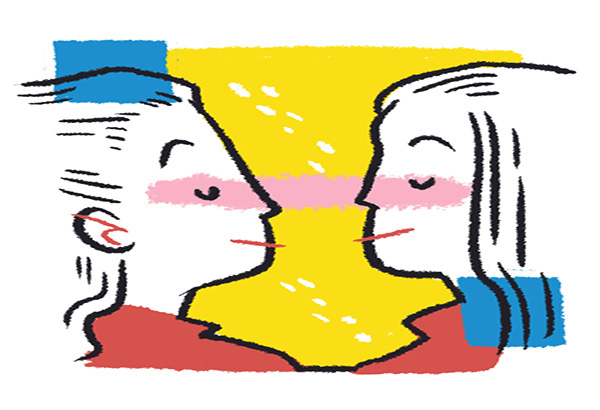
Clarke and Lexa
(from The 100)
Although Commander Lexa met the fate of many a lesbian, “Clexa” was television’s golden couple for a short-lived time; at least in the young adult demographic. Lexa just was, though we witness the subtlety of Clarke’s discovery of her sexual identity. In a post-apocalyptic world, what else is a bisexual girl to do?

Sammy Clay
(from Michael Chabon’s The Amazing Adventures of Kavalier and Clay)
Although very much a blip in this sprawling novel, the revelation of writer Sammy Clay’s sexuality is still one of my favorite parts of it. Set in the thick of WWII, Sammy attends to other, more pressing issues, and early on, combats gross discrimination from those in positions of power.
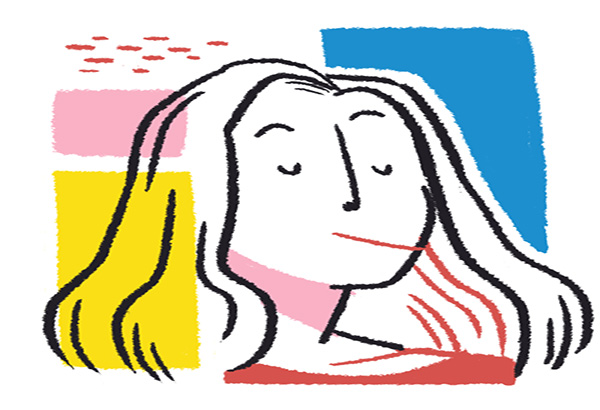
Willow Rosenberg
(from Buffy the Vampire Slayer)
One of the most iconic gay characters of the ‘90s, Willow identifying as a lesbian (due to her long-term relationship with fellow witch Tara) is unclear, as she has primarily expressed her heterosexuality in early BtVS seasons, and manifested as a bisexual as Vamp Willow. In any case, the specifics aren’t important: Willow showcases the fluidity of sexuality.
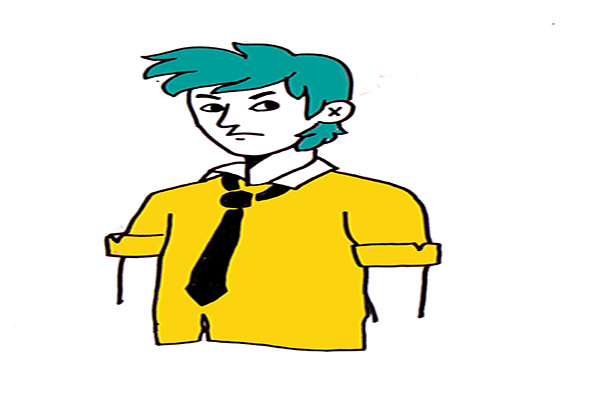
Simon Snow
(from Rainbow Rowell’s Fangirl/Carry On)
Flimsily disguised as an off-shoot of a Harry Potter ship (Draco/Harry), Rowell’s protagonist is a wizard with a girlfriend, and simmering, possibly sexual, tension with his arch nemesis — and roommate! — suspected vampire, Baz.
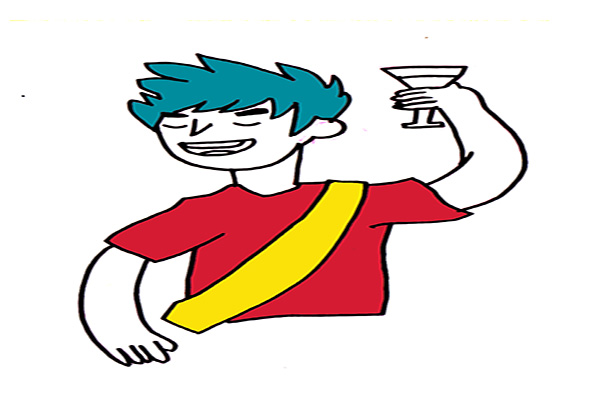
Ramona Flowers and Wallace Wells
(from Bryan Lee O’Malley’s Scott Pilgrim universe)
Scott’s main love interest, Ramona Flowers, is revealed to be bi when one of the evil exes that Scott must battle turns out to be a girl. It’s not a big deal, and neither is his roommate, Wallace Wells’, sexuality, i.e. very, very gay.
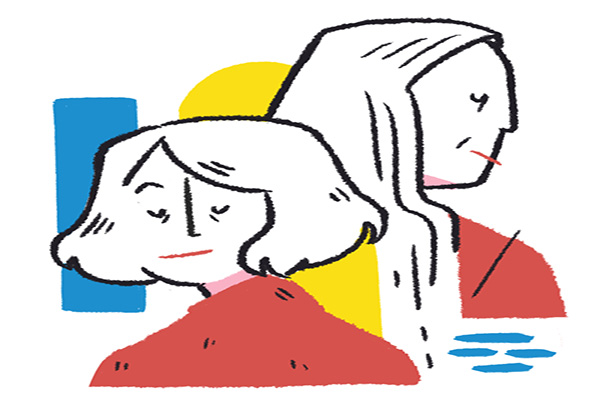
Syd and Maura
(from Transparent)
Although Transparent mostly deals with Maura’s internal (and slow external) transition towards her womanhood, and paints a picture of trans life after marriage and children, one of the supporting characters, Syd, is an example of how LGBT people just are.
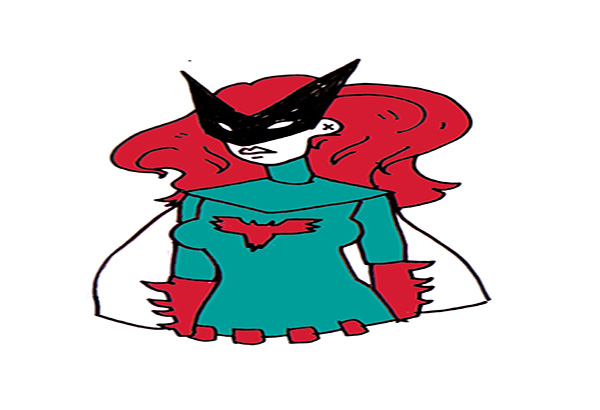
Batwoman
The modern incarnation of Batwoman, Kate Kane, was discharged from the United States Military Academy, despite her high marks, because of her sexual orientation. Although a groundbreaking move for DC, the co-authors left the helm in September 2013, because of “conflicts with DC over storylines,” and we all know what that means. Batwoman was eventually discontinued in December 2014.
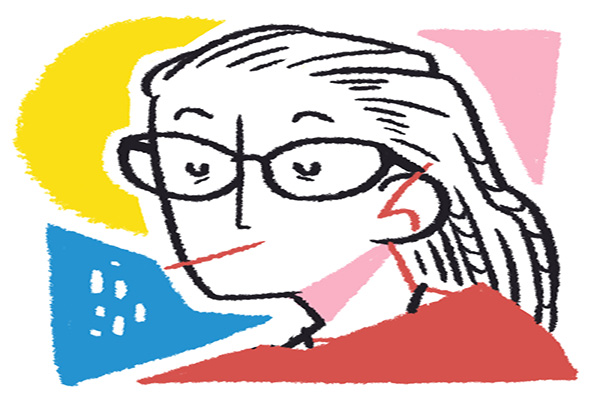
Cosima
(from Orphan Black)
When you’re making a show about clones, it is probably an inevitability to encounter one that leans a little less straight. Cosima, a bespectacled and dreadlocked scientist, is one of the coolest characters on TV right now. Smart, levelheaded and compassionate, she seems to be the most well-adjusted “sister,” especially when faced with the reality of one’s reality as a clone.
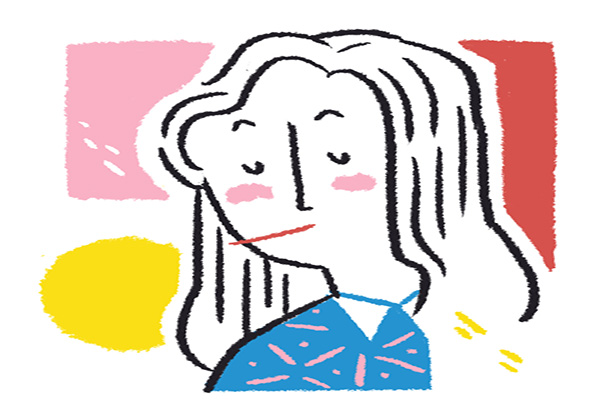
Amy and supporting characters
(from Faking It)
Although MTV’s Faking It began as a fake lesbian quest for popularity, one half of the gay girl couple actually gets gay girl feelings. Hijinks ensue, various people from all walks of life come out as gay, lesbian, bisexual, and even intersex. It’s a lighthearted teen tragicomedy, where people just exist, and sometimes that’s all we need.
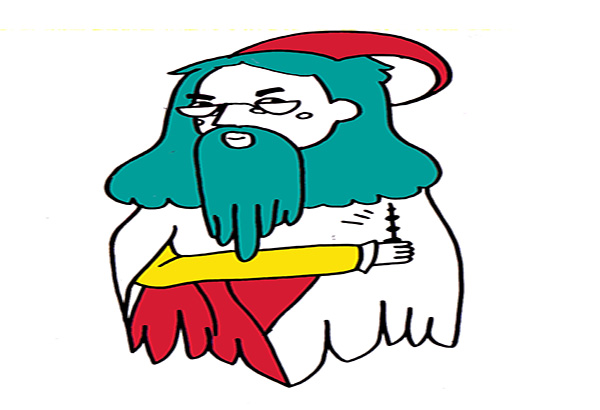
Albus Dumbledore
(from JK Rowling’s Harry Potter series)
This is an example of a missed opportunity of representation. Dumbledore’s queerness almost doesn’t count because it is merely anecdotal and is never explicitly stated in the series. It just came up because of a line in the script that suggested Dumbledore was straight that J.K.R. wanted to correct.
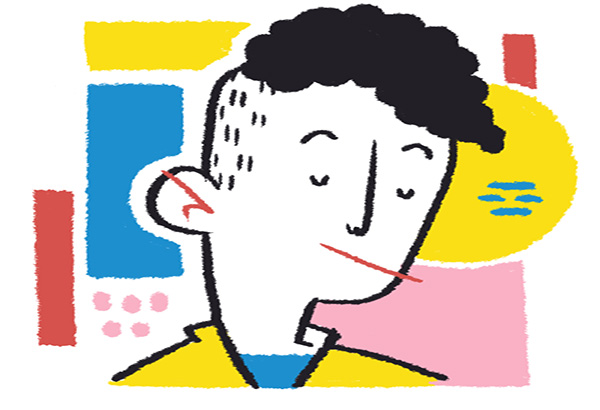
Rickie
(from My So-Called Life)
Rickie, the original poster boy for teen displacement, was someone who let his freak flag fly, despite obvious prejudice from his schoolmates and trouble brewing at home. Rickie is himself, through and through, no matter the cost.
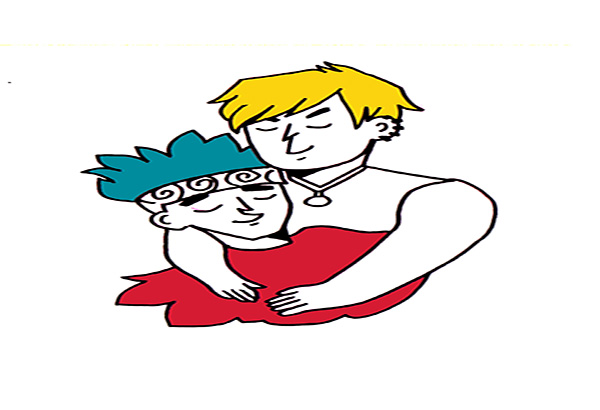
Young Avengers
Kieron Gillen and Jamie McKelvie’s Young Avengers is one of those realities where queer characters seem more represented than hetero couples, not shying away from “taboo,” with their sexualities just a part of their being — not bait or plot devices.
Art by MICH CERVANTES
and BERNS GATUS















